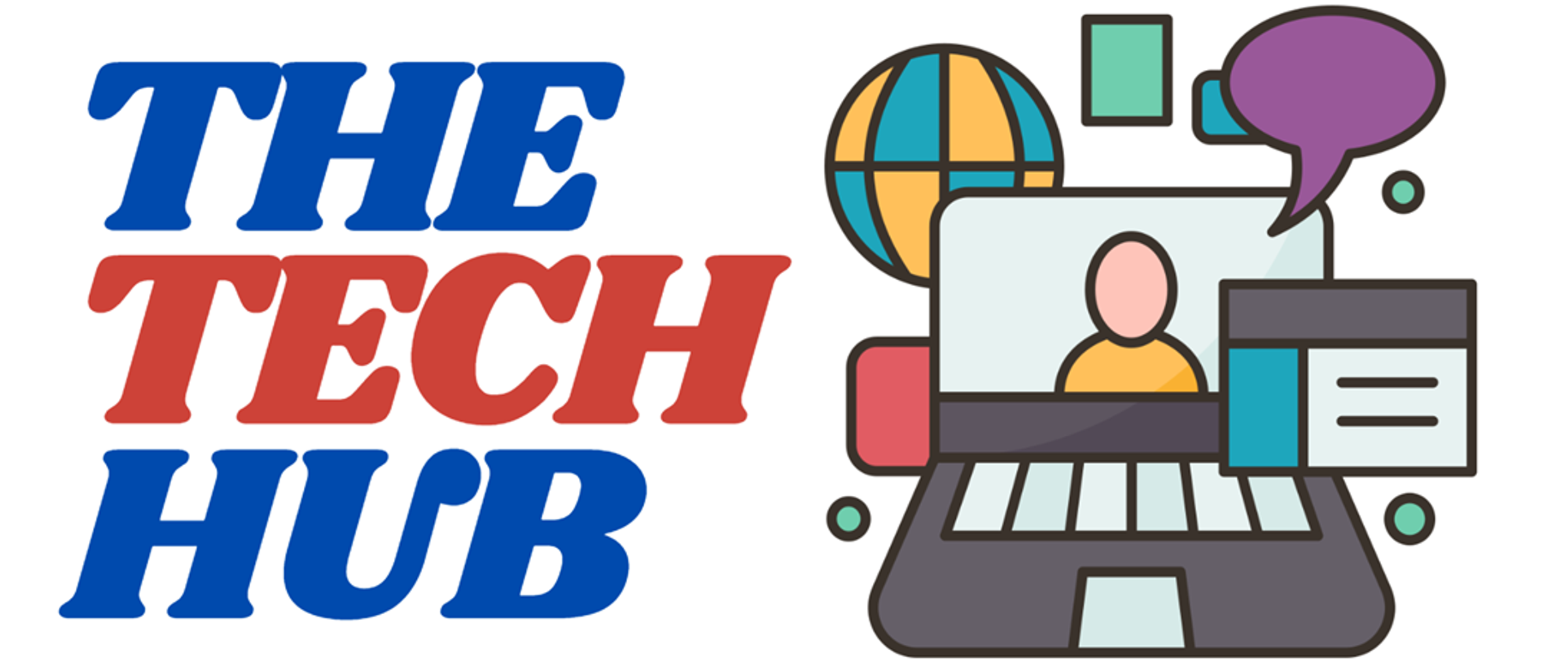Tech Hub

Artificial Intelligence (AI) and Children
Artificial Intelligence (AI) is becoming part of everyday apps and games. Many children are curious about “talking to AI” or using apps where a bot replies like a friend. While AI can be useful in learning tools, not all apps are safe for young users.
Why Some AI Apps Are Risky for Children
Some apps let kids chat with AI bots that act like friends or characters. A well-known example is Character AI. These platforms can seem fun and engaging, but they pose risks because:
- Children may overshare personal information, not realising the bot is not a real person.
- Bots can generate inappropriate or harmful responses that aren’t filtered for younger users.
- Kids may become emotionally attached to AI “friends,” which can affect real-world relationships and social skills.
- Educational apps with clear child protections (e.g., math practice apps, reading apps that use AI for feedback).
- Creative apps that let kids draw, make music, or create stories with AI support.
School-recommended platforms that teachers use in classrooms (Canva).
Safer Ways Children Can Use AI
Not all AI is unsafe. Some AI-powered tools can support learning and creativity when used with guidance:
The difference is purpose: AI that supports learning or creativity can be useful, but AI designed to act as a friend or chat partner is not recommended for primary-aged children.
Parent Tip of the Week
When your child asks about a new app:
- Check what the app does – Is it for learning or for chatting?
- Look at the reviews and ratings – See if it’s age-appropriate.
- Search the app name on the eSafety Commissioner website – www.esafety.gov.au
- Talk with your child – Explain why chatting with bots isn’t the same as talking with real friends.
Media Coverage of the Topic:
Parental Guidance, an Australian parenting reality TV series, had an episode that showed how Character AI can affect young people. If you would like to see more or watch this episode you can click here.
